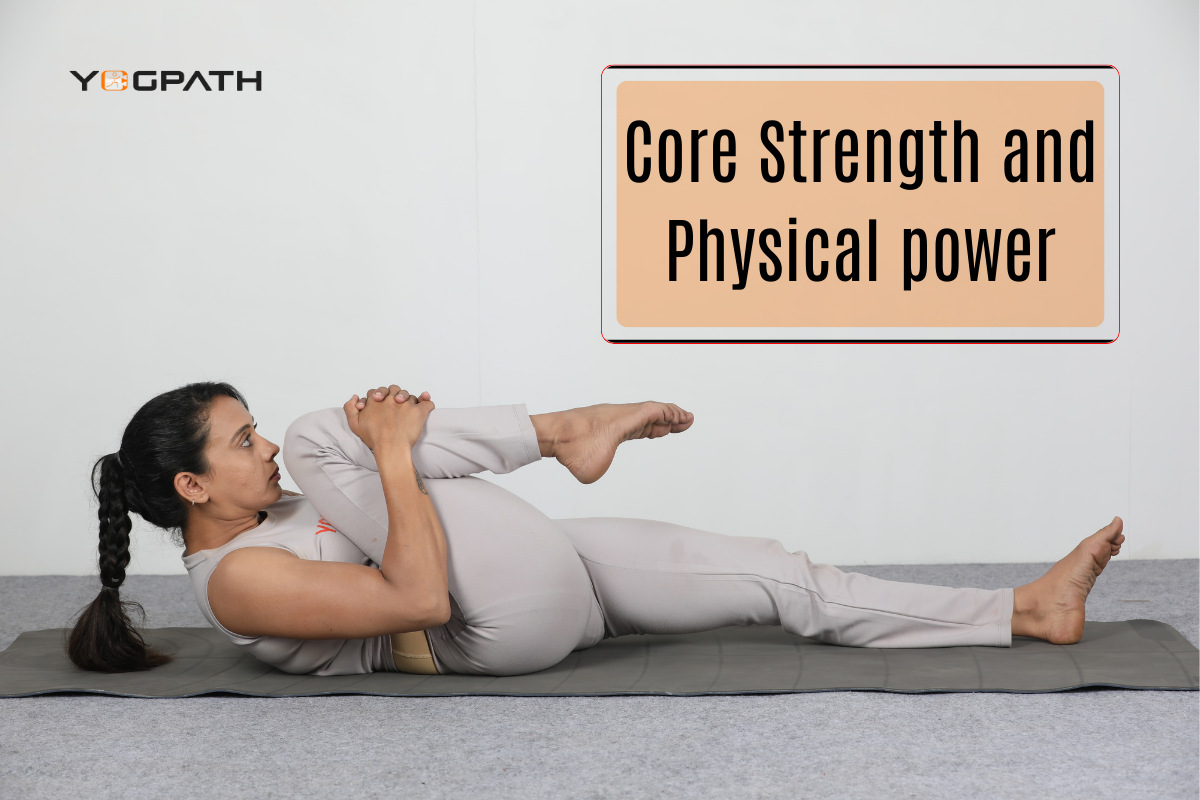
Having a solid core strengthens your entire body and improves your physical power, health and appearance. Therefore, a core-strengthening exercise programme is necessary. In addition to improving your physique, core strength is essential for maintaining your physical stability, maximising your exercise results, and maximising your range of motion.
The strength of your abdominal muscles determines how you move about during the day. A strong and steady trunk is essential for any activity requiring movement, including sports, picking up objects from the floor, and even sitting.
Core Strength and Physical power
Your abdominal muscles are just one part of your core. Your abdominal muscles form only one side of a box-shaped core, which also includes the muscles at the front of your lower trunk. Because of this, “core” activities are sometimes misunderstood as targeting other muscles.
Examine the major components of the core strength.
Abdominal muscle groups. One’s rectus abdominis is the muscle most commonly thought of when the term “six pack” is used. It aids in maintaining internal organ stability. The transversus abdominis, sometimes known as the corset muscle due to its horizontal orientation, is another key abdominal muscle that helps in movement and supports the spine.
- Obliques. The internal and external obliques are a pair of muscles on either side of the spine that help with rotation and spinal stability.
- Back. In the lower back, you’ll find the quadratus lumborum, a deep abdominal muscle. It reaches all the way down to the hip bone. Common symptoms include back discomfort, poor posture, and a limited range of motion.
- Pelvic region. The urethra, bladder, intestines, rectum, uterus, cervix, and vagina are all located on the pelvic floor. Connective tissues like hamstrings, hip flexors, and abductors are a part of this as well. The muscles and tissues of the pelvic floor work together to support sexual health, hip stability, urine, bowel motions, and more.
- Spine. Although the erector spinae and the multifidus are classified as back muscles, they are both involved in fundamental motion because of their attachment to the spinal column.
Glutes. You can control hip rotation and extension with the help of your glutes, a set of three muscles located in your buttocks. - Diaphragm. During breathing, the diaphragm, a flat, round muscle, contracts and expands to allow for air inhalation and expiration. The diaphragm is a muscle that separates the lungs from the abdominal cavity and has a role in breathing, digestion, and blood circulation to the heart.
Five good reasons to work on strengthening your abs
The term “core muscles” refers to the abdominal, oblique, and pelvic floor muscles. The following advantages will accrue as a result of your efforts to bolster these muscles:
It improves one’s balance and steadiness.
If you work on building your core strength, you’ll be able to get your hips, lower back, and pelvis to work together more efficiently, giving you more control and stability.
A strong core improves your body’s alignment and reduces pressure on your muscles and joints, making it easier to perform basic movements like walking, jogging, and sitting.
Enhances Efficiency in Physical Activity and Competition
The stability provided by a strong and toned core allows for greater coordination between the lower and upper bodies during exercise and competition. A well-balanced body is less likely to have injuries or discomfort as a result of slips and falls. By reducing the stress placed on your muscles during exercise, a solid core makes it easier to perform powerful thrusting motions.
Reduces body fat.
Abdominal, side and leg fat may be swiftly burned off by engaging in core strengthening and toning workouts. Ballistic motions that incorporate strength, cardio, and flexibility training may be used with core workouts, allowing you to increase strength, lean out, and increase your metabolic rate.
Lessens the likelihood of back injuries.
The risk of back discomfort and injuries decreases when the body is properly positioned and held in an upright position. The abdominal muscles help keep the head, neck, and back in place. To lessen muscular tension, damage, and pain in the back, focus on developing a strong core.
It helps with your posture.
Good posture helps you breathe easier by maximising the delivery of oxygen to your muscles, and it also protects your spine from the wear and tear of daily life. You may improve your posture by working on strengthening your abdominal muscles and stretching your back.
Tone your abs and obliques with core strengthening exercises including the plank, bridge position, and crunches. The strength of your core may be improved by consuming a healthy, well-balanced diet in addition to regular exercise. Ladies, if you want to have a strong and toned figure, you need to start working on your core.











